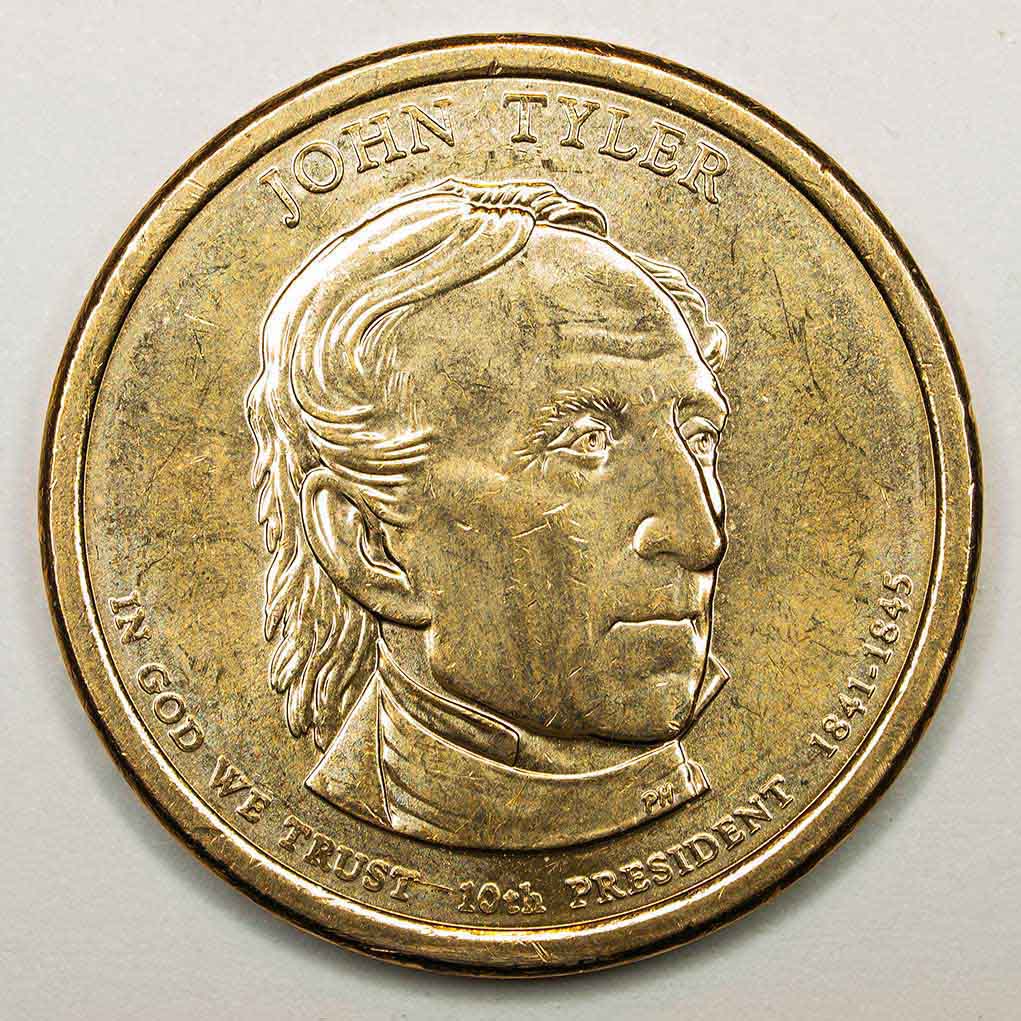
Being first is typically a good thing, but it isn’t always. It gave John Tyler, the nation’s 10th president, a place in history — but not a positive one. Not only was he the first president to be impeached, but he was also the first to ascend from vice president to President of the United States. Let’s take a look at both instances as John Tyler was the first, two different times.
His Accidency
Before Tyler became President of the United States, he was the vice president, serving under William Henry Harrison. His ascension to the Oval Office earned him the name “His Accidency” among his critics. John Tyler was the first vice president to become president after his predecessor’s death. His term started about one month after William Henry Harrison was elected, and it ended in 1845.
Tyler’s Presidency
As president, Tyler assumed all powers that a duly elected president would have, even going as far as holding an inauguration. Henry Clay proposed a bill establishing a National Bank with several branches spanning different states. While President Tyler was open to compromise, Clay was not, and Tyler eventually vetoed the bill against the wishes of his party. Another banking bill, similar to the first, was passed, but Tyler once again vetoed it on states’ rights grounds.
As a result, Tyler was excluded from the Whigs by the party. All his cabinet members resigned, except one Daniel Webster, who was the secretary of state. A tariff bill came across Tyler’s desk, which he also vetoed. The act led to articles of impeachment being filed against him, a first for US Presidents.
Doing Good
As many differences as Tyler and the Whigs had, they also did some good during his time as president. One example is the “Log Cabin” bill in which settlers were able to stake a claim on 160 acres of land to buy from the government; each settler was able to claim the land before it was offered for sale in a public setting and later only paid $1.25 per acre.
In 1842, Tyler signed the Webster-Ashburton treaty, which ended the Canadian border dispute between North American British Colonies and the United States. Also, in 1842, the Seminole War in Florida ended thanks to the Tyler administration. President Tyler went on to annex Texas in 1845, which would later become the 29th state to join the Union in December of the same year. On his last full day as president, John Tyler signed into law Florida becoming the 27th state.
John Tyler’s presidency had its positive notes, but it also drove the United States further apart from itself and eventually into the Civil War. In 1861 Tyler attempted to create the Southern Confederacy, after the first southern states left the union, and failed. In 1862, as a member of the House of Representatives for the Confederacy, John Tyler died at the age of 71.













